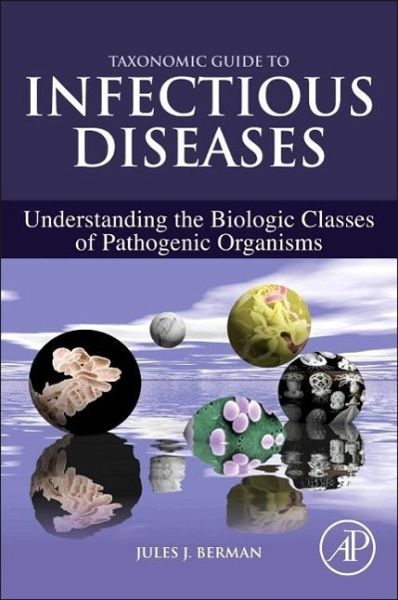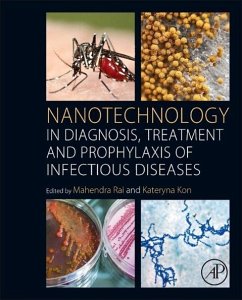
Taxonomic Guide to Infectious Diseases
Understanding the Biologic Classes of Pathogenic Organisms
Versandkostenfrei!
Versandfertig in 6-10 Tagen
51,99 €
inkl. MwSt.
Weitere Ausgaben:

PAYBACK Punkte
26 °P sammeln!
In the past few decades, there have been great advances in the phylogenetic classification of infectious diseases of man. Taxonomic Guide to Infectious Diseases organizes this information into a standard biological classification and provides a short, clinically-oriented description of every genus (class) of infectious organism. It covers an overview of modern taxonomy, including a description of the kingdoms of life and the evolutionary principles underlying the class hierarchy, and each following chapter will describe one phylum and the genera that contain infectious species. Taxonomic Guide...
In the past few decades, there have been great advances in the phylogenetic classification of infectious diseases of man. Taxonomic Guide to Infectious Diseases organizes this information into a standard biological classification and provides a short, clinically-oriented description of every genus (class) of infectious organism. It covers an overview of modern taxonomy, including a description of the kingdoms of life and the evolutionary principles underlying the class hierarchy, and each following chapter will describe one phylum and the genera that contain infectious species. Taxonomic Guide to Infectious Diseases is written in an engaging, narrative style, providing the reader with an easy to digest yet clinically-oriented story of the pathogenic features of each genus. Designed for researchers, clinicians and students of infectious diseases, medical microbiology and pathology.













